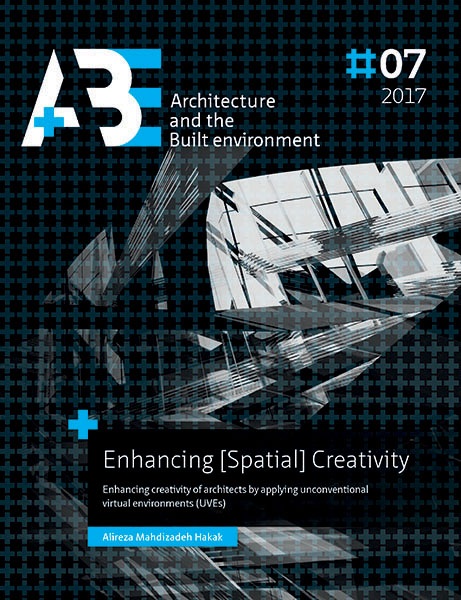Differences in human perception
DOI:
https://doi.org/10.7480/abe.2017.7.3635Abstract
Spatial navigation involves dynamic and intricate brain functions, fundamentally required to locate oneself in space, which is vital for any human’s survival in their daily life. Sensorimotor abilities are quintessential for spatial navigation wherein subjects associate external sensory stimuli with sensori commands. Individuals for instance process external stimiuli such as buildings in the environment and pathways between the buildings and internally create spatial information in their brain and use this information to navigate in the environment (Brunsdon, Nickels, & Coltheart, 2007; Davis, 1999; Farah, 1989). Therefore, individuals create a mental image of the environment which they are navigating and with respect to their target, they manipulate their current position (Palermo, Iaria, & Guariglia, 2008).
The Chapter identifies the difference in human perception of different spatial environments via analyzing activated parts of the brain [of the participants in the experiment], as they encounter three different types of environments:
- Fully-designed environment
- Semi-designed environments
- Abstract-environment
The aim of the experiment was to prove that human perception is different in abstract environments as comparison to fully designed and semi designed environments. Since an abstract environment, has multiple degrees of freedom as compared to the physical world and is thus unlike a fully-designed or a semi-designed environment, the difference in perception of these kinds of environments can be related to creativity and divergent thinking. The experiment was conducted at The Goldsmiths University, London in collaboration with the Faculty of Psychology, under the supervision of Professor Joydeep Bhattacharya.
The findings have been published in the fifth journal paper “Navigating abstract virtual environment: an eeg study”. Cognitive Neurodynamics, 1-10, Springer publisher, New York, USA

